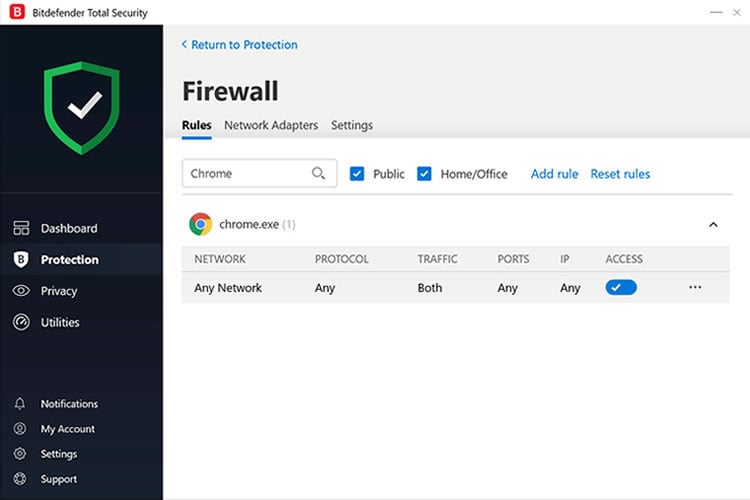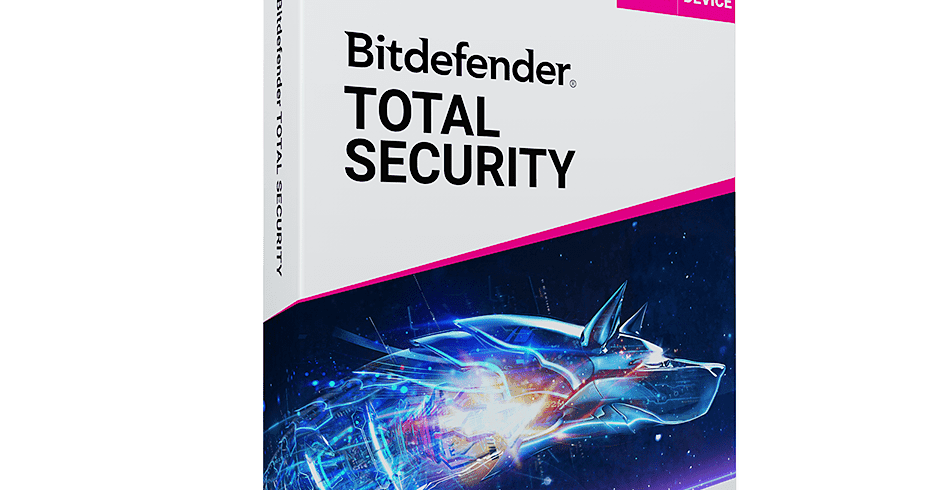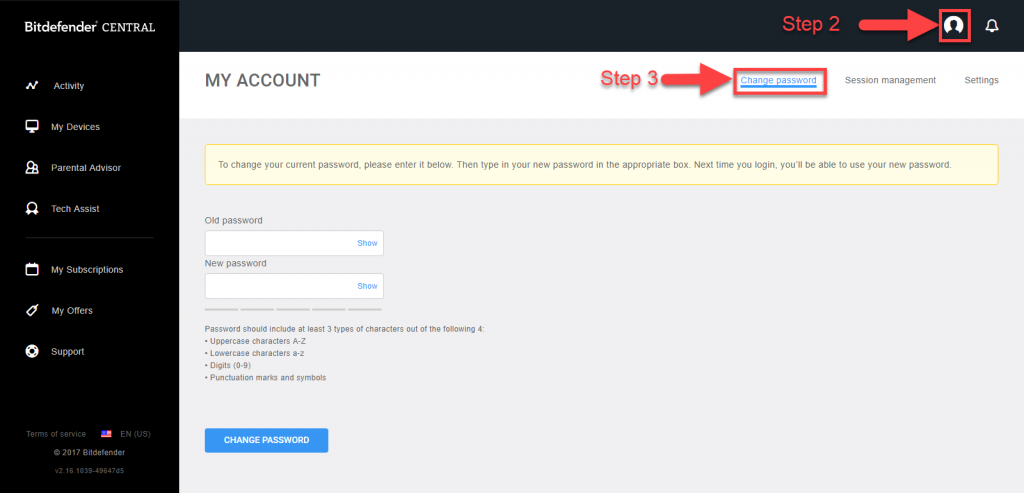
Global admins can perform all kinds of tasks. Global administrators (also referred to as global admins)Īs a best practice, limit the number of global administrators. The following table describes key roles to consider for Defender for Endpoint in your organization: For example, you can have security readers, security operators, security admins, endpoint administrators, and more. With RBAC, you can set more granular permissions through more roles.
SET MY GITFINDER FULL
With basic permissions management, global admins and security admins have full access, whereas security readers read-only access.You can assign permissions by using basic permissions management, or by using role-based access control (RBAC). Microsoft recommends assigning users only the level of permission they need to perform their tasks. Defender for Endpoint uses built-in roles within Azure Active Directory. In order to access the Microsoft 365 Defender portal, configure settings for Defender for Endpoint, or perform tasks, such as taking response actions on detected threats, appropriate permissions must be assigned. These tasks are included in the setup phase for Defender for Endpoint. Making sure sensors are working correctly and reporting data to Defender for Endpoint.Configuring your proxy settings (only if necessary).Setting up your tenant environment includes tasks, such as:
SET MY GITFINDER DOWNLOAD
And, download the following poster:įor more detailed information about planning your deployment, see Plan your Microsoft Defender for Endpoint deployment. To learn more about your deployment options, see Plan your Defender for Endpoint deployment. Use local scripts on endpoints to run a pilot or onboard just a few devices Local script downloaded from the Microsoft 365 Defender Portal Use Configuration Manager to protect on-premises endpoints with the cloud-based power of Defender for Endpoint Use Intune and Configuration Manager to manage endpoints and workloads that span an on-premises and cloud environment

Microsoft Intune and Configuration Manager (included in Microsoft Endpoint Manager) Use Intune to manage endpoints in a cloud native environment Microsoft Intune (included in Microsoft Endpoint Manager)

Every organization is unique, so you have several options to consider, as listed in the following table: When you plan your deployment, you can choose from several different architectures and deployment methods. One of the following datacenter locations: see Overview of Microsoft Defender for Servers. To onboard servers, you'll need Defender for Servers Plan 1 or Plan 2 as part of the Defender for Cloud offering. Note that the standalone version of Defender for Endpoint Plan 1 does not include server licenses. MacOS (the three most recent releases are supported)
SET MY GITFINDER WINDOWS
Windows 11, or Windows 10, version 1709, or later The following table lists the basic requirements for Defender for Endpoint Plan 1:ĭefender for Endpoint Plan 1 (standalone, or as part of Microsoft 365 E3 or A3)

Lists the types of attack surface reduction capabilities you can configure and includes procedures with links to more resources
SET MY GITFINDER HOW TO
Lists several methods by operating system to onboard to Defender for Endpoint Plan 1 and includes links to more detailed information for each methodĭescribes how to configure your next-generation protection settings in Microsoft Endpoint ManagerĬonfigure your attack surface reduction capabilities TIP: As soon as roles and permissions are assigned, your security team can get started using the Microsoft 365 Defender portal. Lists roles and permissions to consider for your security team Lists tasks for setting up your tenant environment Lists several deployment methods to consider and includes links to more resources to help you decide which method to use Lists licensing, browser, operating system, and datacenter requirements The general setup and configuration process for Defender for Endpoint Plan 1 is as follows: Whether you have assistance or are doing it yourself, you can use this article as a guide throughout your deployment. This article describes how to set up and configure Defender for Endpoint Plan 1.


 0 kommentar(er)
0 kommentar(er)
